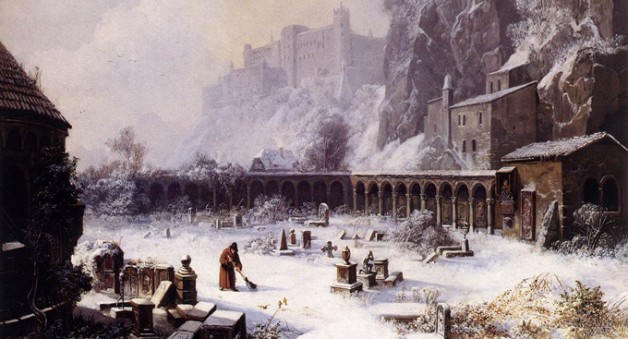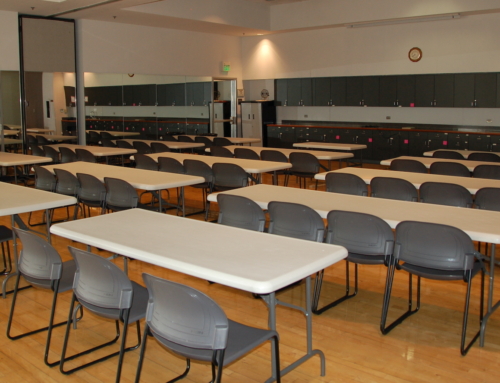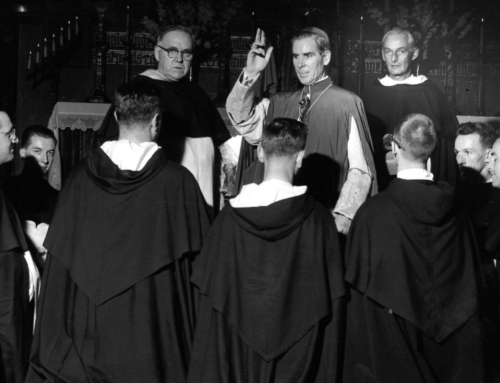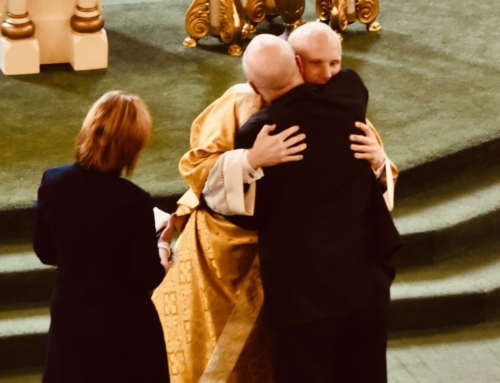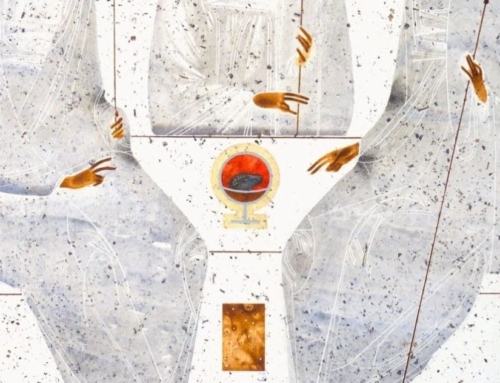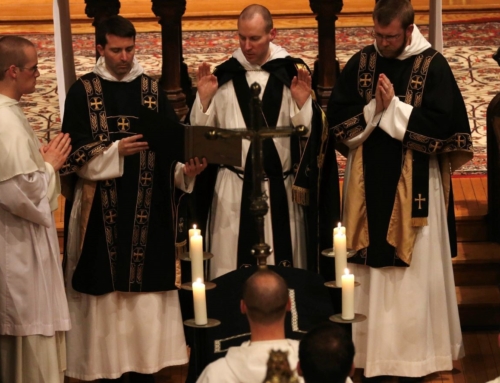Traveling down Palm Drive, the scenic, palm-tree-lined main entryway into Stanford University, just as the spacious main oval comes into view and, beyond it, Memorial Church and its facade of Christ preaching, there is a little path off to the right into what seems to be a simple grove of trees. It’s easy to miss, but if you were to travel down the path into the trees you would stumble upon a large mausoleum flanked by two prominent sphinxes, where the founders of the university are laid to rest: Leland and Jane Stanford and their son Leland, Jr., for whom the university is named. It’s one of many beautiful, hidden locations on the campus, but this one is particularly special to me as the site of a cherished annual event.
The event was most definitely not the annual Halloween Mausoleum party, which is a typical college Halloween party that the university lets the students stage right outside the Stanfords’ resting place. The event I’m speaking of happens two nights later, and began when a small group of us decided to move our nightly rosary to the Mausoleum to pray for the Stanfords and all the departed on the evening of All Souls’ Day. In a certain sense, both we and the partygoers were seeking out the same thing, although for different reasons: a gravesite. They were looking for a spooky atmosphere for their reveling, and we were looking to fulfill the conditions of the indulgence for the deceased that the Church grants on All Souls’ Day, and every day from November first through the eighth, for praying at a cemetery. At least that was the original idea.
There is something about praying for the deceased that changes the way we think about them, that changes our relationship with them, whether we knew them in this life or not. I’ve found this change and its effects most profound when actually praying at a cemetery, where the solemn spiritual atmosphere can cut through our hardened hearts to the core of our faith: faith in the resurrection.
While we easily drive right by a cemetery without a thought, stepping into one is completely different, and entering with the express intention of praying for the deceased brings a particular sense of focus and attention to the sacredness of the place. Even then it is possible to wander through a graveyard and simply marvel at the reality of human mortality on a natural, intellectual level. For many of us, it takes a concrete event to bring the reality of death – and the hope of resurrection – home.
When we know the person who has died, we are automatically aware of the gravity and solemnity of the loss of this life, and we desire to pray for the repose of his soul. At a funeral it is hard to escape the strong emotions connected with a cemetery, and I’ve never been able to visit the grave of a loved one without shedding a tear.
But praying for someone we’ve never met, when the only physical connection we have to him is a stone marker, can still establish a moving relationship of charity with the soul in purgatory. The traditional prayers for the faithful departed become particularly powerful when we start to attach names to those nebulous figures. They are no longer the ethereal ghosts of Halloween, but real people with real families, not so different from us. They are named, loved human beings, body and soul, whose bodies happen to have given up their last breaths, and are lying right here beneath our feet.
I can’t say that I feel like I know the Stanfords after having prayed for them those several All Souls’ Days, and I can’t honestly say I’ve thought much about them since I left. I can’t say that I even remember the names of the countless headstones of strangers I’ve read over the years when I’ve had occasion to visit a cemetery. But those simple visits and prayers helped ground me in the reality of the Communion of Saints, a connection that brought me closer to the faithful departed and, in so doing, brought me closer to our Lord who laid in a tomb. Jesus Christ showed that the grave is meant to be a place of rest, but it is not our final resting place. We hope someday to see not only our loved ones, but all those strangers who make up the communion of saints, some of whom are much nearer than we realize.
Image: Heinrich Burkel, Graveyard of St. Peter’s in Winter

